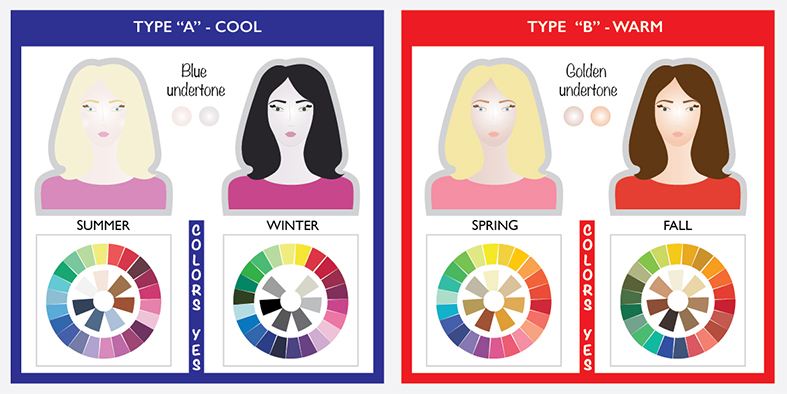Each of us sees the world according to his own sense of color: the color loses objectivity and becomes subjective. Every day we decide to surround or dress in certain colors, those that attract us more, they transmit pleasurable sensations.
According to some studies, there are correlations between the individual color characteristics such as hair, skin, eyes and the choices each of us makes to certain colors.
Does fashion influence our shopping? I would say so, yes!
If the trend color for a given season was the purple will be almost impossible to escape the purchase of a piece with this color: a sweater, a pair of shoes, a bag, a coat, a dress, a nail polish. Many would appreciate the choice of purple, others probably turn up their noses at the thought of seeing him everywhere in shop windows.
Some like to follow closely the trends of the season, who is left only partially influence and those who do not pay much attention to trends and makes purchases based on what they like best.
Starting from a condition ideal lighting, you can analyze the physical features of an individual and define the colors that enhance the aesthetic qualities. The colors that light and enhance the person, are defined as colors “yes”, the ones that go out and penalize, can be classified as colors “no”.
Reading one of the books on this subject, Color Me Beautiful by Carole Jackson, I found very poetic association between the color types of individuals and the four seasons: Spring, Summer, Fall, Winter. We are each identified by a season with a palette of colors.
In what way?
The analysis of the skin tone represents one of the fundamental phases in this type of study, through the evaluation of its three pigments: melanin (brown), carotene (yellow) and hemoglobin (red). The undertone of the skin therefore prove to be bluish or golden, while his wrists appear blue/purple or green.

The intensity and hue of the color characteristics allow a classification of individuals into two major categories: Type A (cold tones) and Type B (warm tones).
Summer and Winter are identified as Type A, with cool shades and a blue undertone.
Spring and Autumn instead belong to Type B, with warm colors and a golden undertone.
After defining the type of undertone and type (A or B) you will be able to proceed to the identification of the season they belong to, analyzing the other facial features such as eyes and hair.
There are colors “yes” and colors “no”, but not necessarily it have to give up certain colors.
“We can wear any color, it is the tone that really counts.”
And if we could not do without a color “no”, it will be better to opt for a garment or an accessory that worn remains distant from our face.
